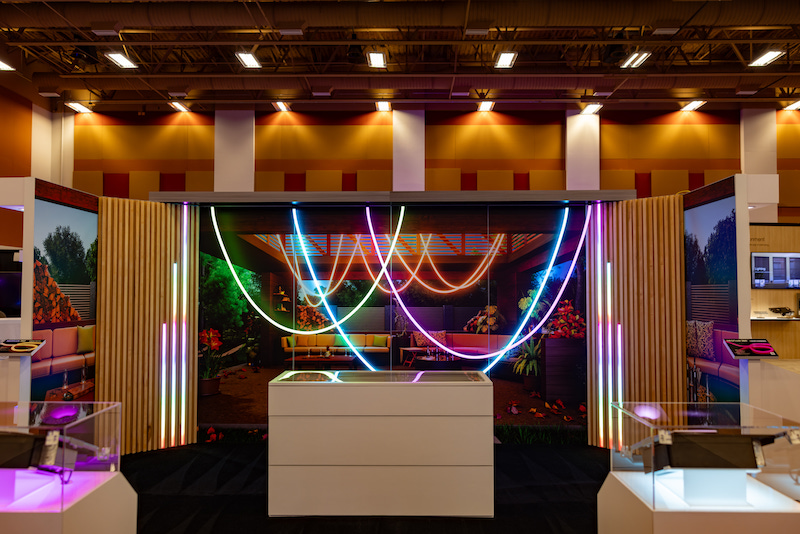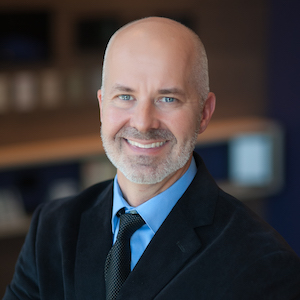A funny thing happened last week at Lightapalooza 2024 in Glendale, AZ. I was about to go on stage to moderate a panel with three veteran custom integrators with substantial residential lighting experience, when one of them mentioned how they hoped our industry didn’t get too carried away with this still relatively-new-to-us lighting category. Mind you, this was said at a lighting conference focused on growing the category within the CI channel.
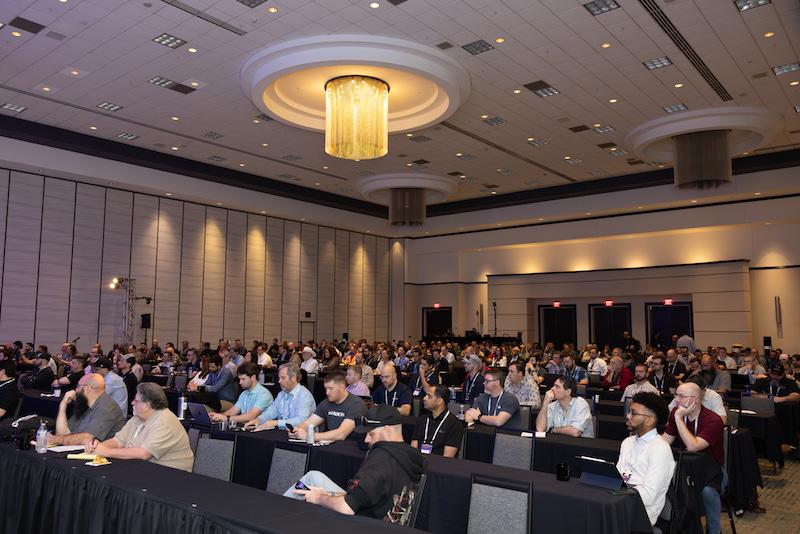
It was a surprising comment because for the past two days at the conference the message from the event’s founder Tom Doherty, experienced lighting designers, lighting-savvy custom integrators, and fixtures manufacturers was, “This is your next big opportunity in home technology. Learn about it. Embrace it. Make it a part of your business!” Now two of my panelists, Premier Group’s Jason Barth and GHT Group’s Eric Joy, were agreeing, right before our mics were turned on (!!), that they hoped that the CI industry didn’t jump into lighting too quickly and do it wrong, giving the channel a black eye in the process.
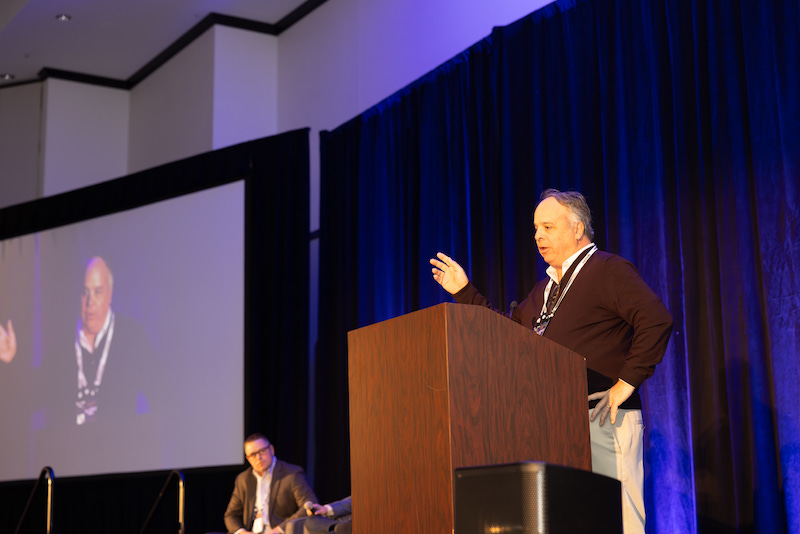
As I nervously took a deep breath and absorbed this “brake-tapping” perspective, I reflected on what was being said. Back in the early days of “custom,” a lot of so-called “trunk slammers” and even many integrators with the best intentions got their feet wet in a new industry by testing out their craft on unsuspecting homeowners, leading to less-the-fully baked systems and products. Now, Barth and Joy were simply stating their case for lighting installation newbies to take it slow in the category. “Crawl before you walk” was the analogy shared by our third panelist Ellie Doherty from Powerfull Systems in agreement that one should definitely avoid the urge to try to “do it all at once” before developing the right relationships, skills, and comfort level in the category.
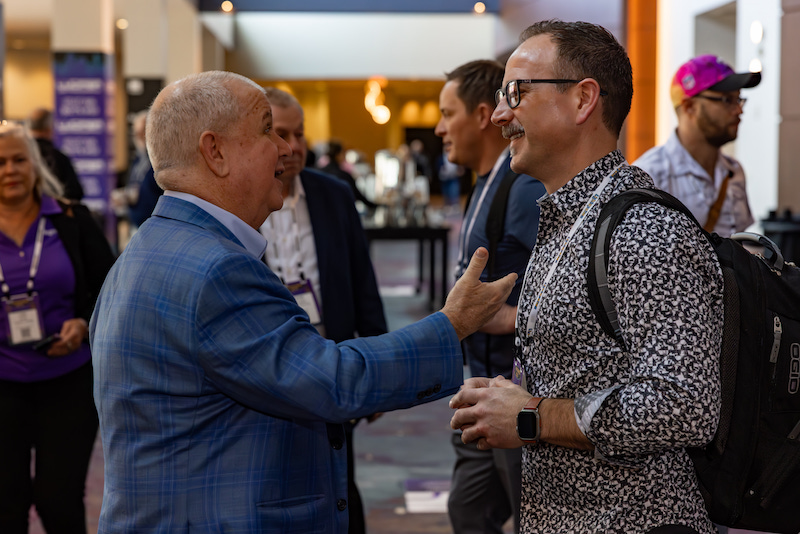
As I looked back on my notes from a Day 1 session led by business management expert Matt Bernath of VITAL, I realized that maybe it was me who was getting carried away in the excitement of a third-annual event that had grown from an obviously cobbled-together grassroots passion project by HTSA’s Tom Doherty to a full-blown professional conference with a more polished and sophisticated aesthetic. The energy and vibe of the third year of the event had made me quickly forget the sage advice from Bernath’s “Illuminating Profits: Business Models of the Lighting Category” class, where he clearly told the audience to take it slow.
Bernath absolutely made case for why lighting is such a great business for integrators — you are part of the construction budget rather than added on with discretionary dollars at the end of a new home build; you can be seen as the single source of truth for all tech in the home because you know what works together and what doesn’t; the end user is happier with the overall results). But then the very next thing I wrote in my notes were his first words of caution.
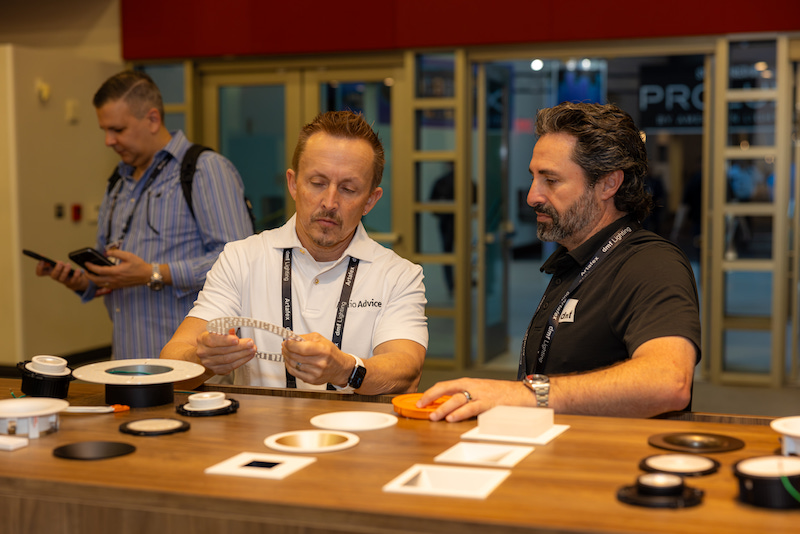
People think, Bernath stated, that “lighting is easy money because your technicians don’t have to touch it, but it’s not easy money. There is potential for mistakes, and the required education is intense and more extensive than other categories. If you don’t do it right, you will fumble through and make mistakes. You must get your team educated and make big investments.”

So, there it was, right from the jump: a major note of caution. But, for me, and I’m sure a lot of other folks in attendance, it was so easy to get caught up in the excellent business classes, manufacturer product trainings clearly focused on the CI channel, and the real-deal exhibit floor featuring full-sized booths from Lutron, Control4/Snap One, GE Lighting/Savant, Legrand/Vantage, Nice North America, Crestron, etc. and products from the likes of Coastal Source, DMF Lighting, and AiSPIRE/WAC that were launched for the first time at Lightapalooza.) The liveliness of the event was palpable without turning into hype or chest-thumping that I’ve never enjoyed from earlier iterations of our industry.
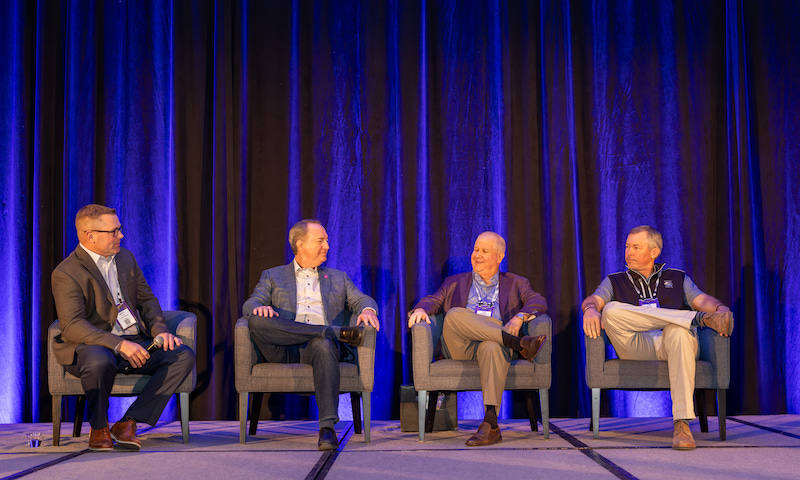
Maybe it had something to do with the higher percentage of female participants on both the designer and manufacturer sides as well as the growing number of savvy independent rep firms who are using the early days of the CI channel’s embrace of the lighting business to “go to school” and learn not just new vendors and product lines but also the business and installation dos and don’ts of lighting. Even those who have been doing this for a while (and Jason Barth’s company, as one example, did their first lighting fixture installation all the way back in 2008) aren’t arrogant about their knowledge level. They’re willing to humbly share their know-how and words of caution, even while they’re a little worried (like Barth and Joy before our panel) that folks might jump in too quickly and a really mess up their client’s house.
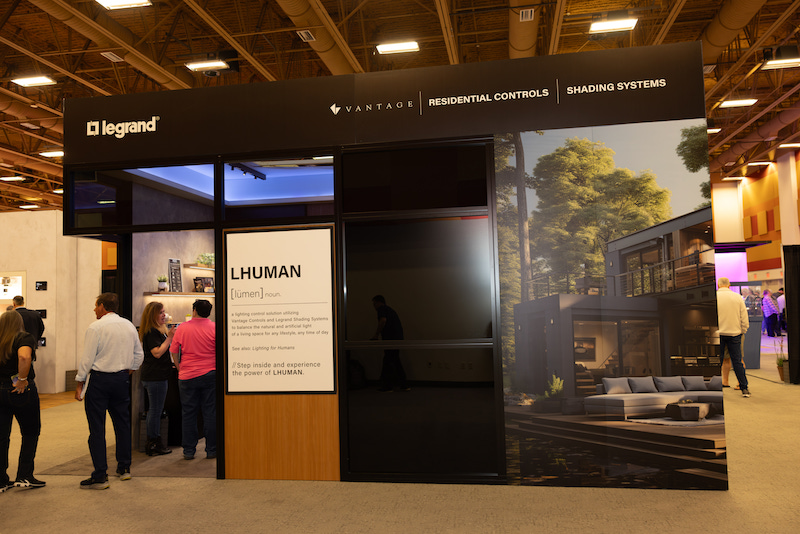
That’s why, looking back, Matt Bernath’s day-one course was so instructive. He warned that just understanding how to order the right parts in the lighting industry can be a whole other level of daunting for integrator used to TV models and loudspeaker SKUs. “The number of part numbers are extensive,” he said. “Purchasing, logistics, delivery is all pretty complex. It’s a big mindset shift in how to have bulletproof processes, ensuring the delivery of goods to the right place at the right time. Profit will bleed out if you don’t.”
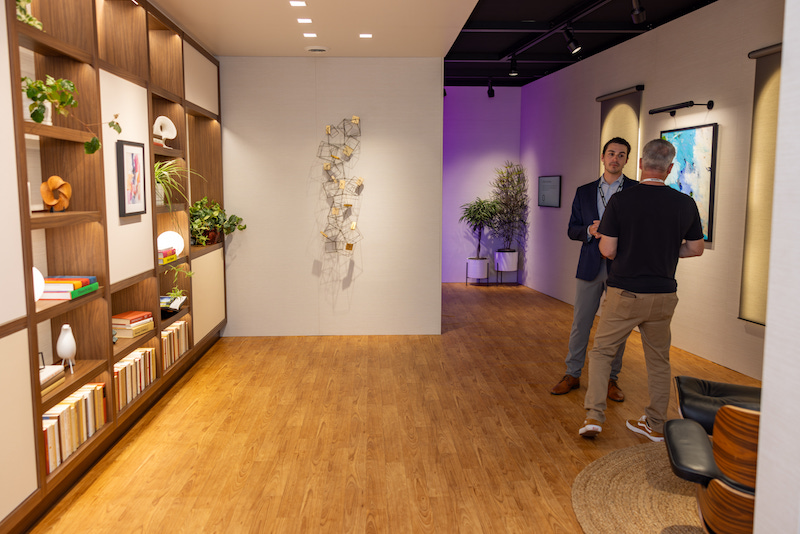
Bernath went on to point out some of the other differences between lighting and the other categories sold and installed by CI professionals. “When you sell AV, networks, and surveillance, you have defined [product] life, followed by maintenance and upkeep,” he said. “With lighting, there’s a larger upfront sale with less service down the road; you set it and forget it, but the downside is less connection with the client down the road.” For many in the CI channel, saying good-bye to certain clients after project completion might be a dream scenario. For others, the loss of opportunities for product updates down the road, could upend the typical opportunity that AV technology provides over the years for return or referral business for updates and upgrades.
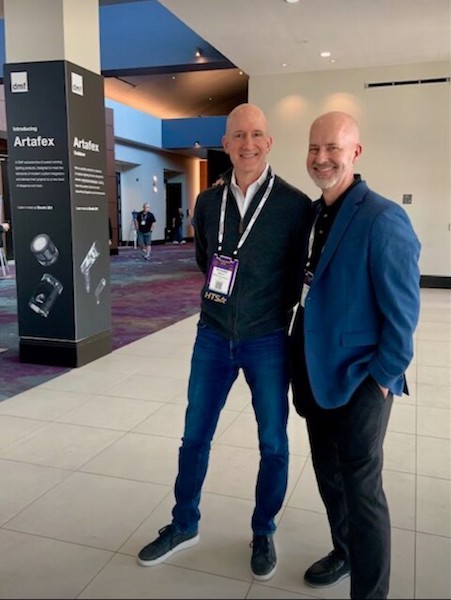
When Bernath discussed market opportunities, he noted that the retrofit lighting business is massive and easiest to enter, due to the low design requirement, easier installation process and, relatively lower risk. The downsides, he added, are lots of competition from big box and Amazon, DIY, and your local handyman. There’s also not a lot of differentiation between products and unforeseen complexity from not controlling the infrastructure going into the lighting.
The next easiest entry point into the lighting business, Bernath noted, is linear tape lighting and landscaping lighting, which, while not completely free of challenges, are less complex to design and install. “Outside lighting completely changes the environment and tape lighting offers a special ‘wow’ factor,” Bernath said, pointing to a large potential customer base. But even outdoor lighting installation has its pitfalls, including running up against established competitors in the landscaping field and dealing with negative past experiences with inferior technology not deemed a luxury spend in the past.
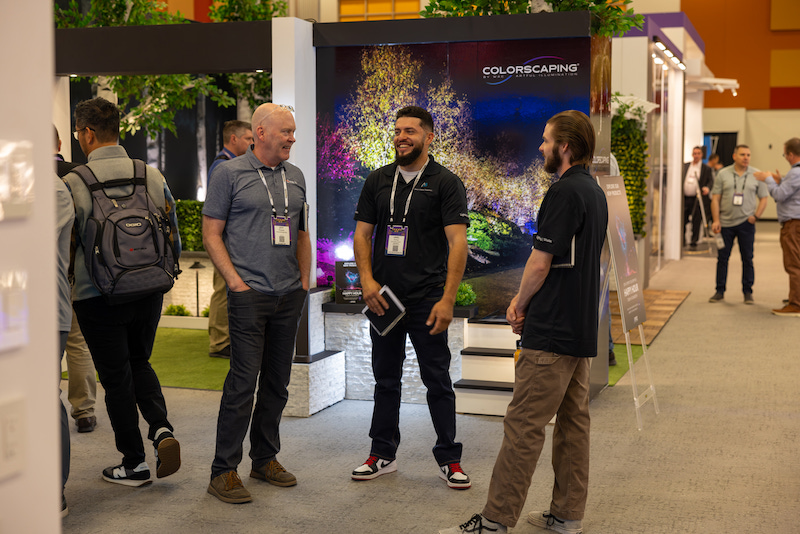
The eventual lighting business goal for a well-trained custom integrator is offer lighting upgrades during new home construction. “Give the homeowner a chance for better experience without a full redesign of lighting system,” Bernath said. “This type of project can be high dollar and earn an integrator ‘trusted advisor’ status.”
The final big step is design/build, which entails designing a lighting plan, selling a solution, and installing it. According to Bernath, this creates the greatest risk but also potentially massive reward for an integrator and their end user client, if you keep in mind the long sales/project cycles, and cashflow and personnel challenges.
Bernath was not alone in these words of advice and he echoed the sentiments of others in his final words of encouragement to diversify lighting offerings, pick the best brands, upsell to better products, and when you go to your customers, sell them the better products first.
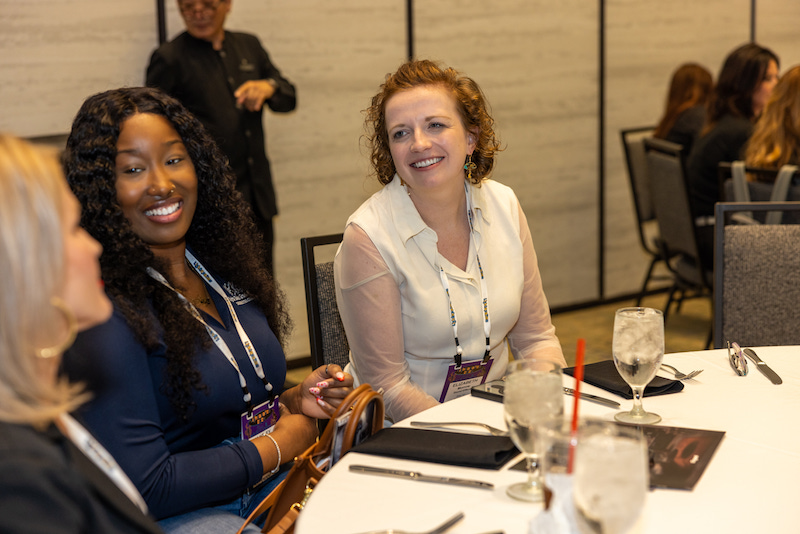
“It’s a win-win when you bring the best quality products to the marketplace, because you don’t end up with a bunch of chaos,” he said, noting that going deeper with brands results in the best pricing and margin as well as reciprocation and support.
Finally, back to those words of caution: “Don’t [swing] for a homerun,” Bernath said. “Choose the right light for the right spot and design systems with a legitimate benefit to the end user.”
It was great advice during a great third year for Lightapalooza. It was brilliantly designed event by Tom Doherty and his team with full support not only from HTSA members, but also CEDIA, Pro Source, Azione Unlimited, and many in between. And this year, the event even evolved a bit beyond its core focus to incorporate power management education and exhibitors, having already included shading vendors from year one. Before you shout “feature creep!”, there were very informative sessions from Rosewater Energy’s Joe Piccirrilli and product training and exhibits from power management-focused product vendors, such as Savant, Ametek/SurgeX, and BrightVault, that helped impress upon attendees the need for a power plan to improve the effectiveness and longevity of the lighting being installed in luxury homes. It was a great addition to the conference that made perfect sense for an event that is growing without losing hold of its “curated” concept that truly fulfills the needs of an evolving and open-minded custom integration channel.



